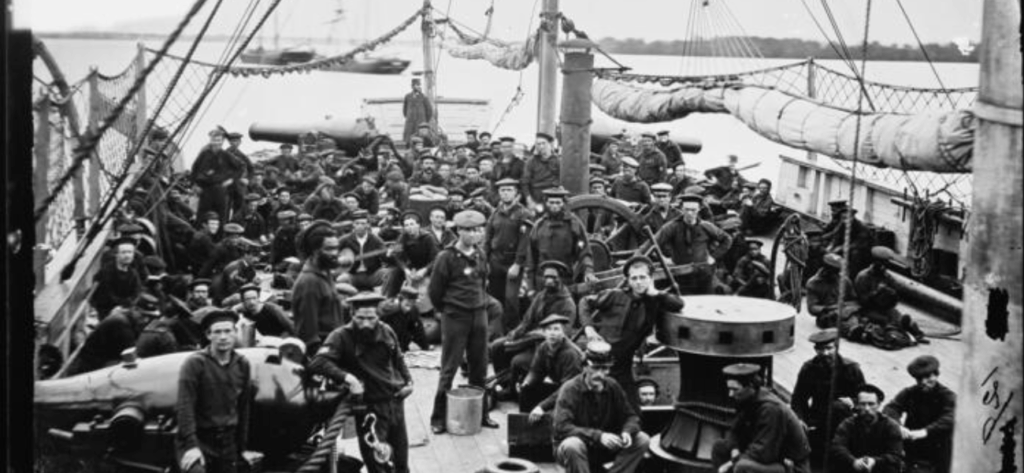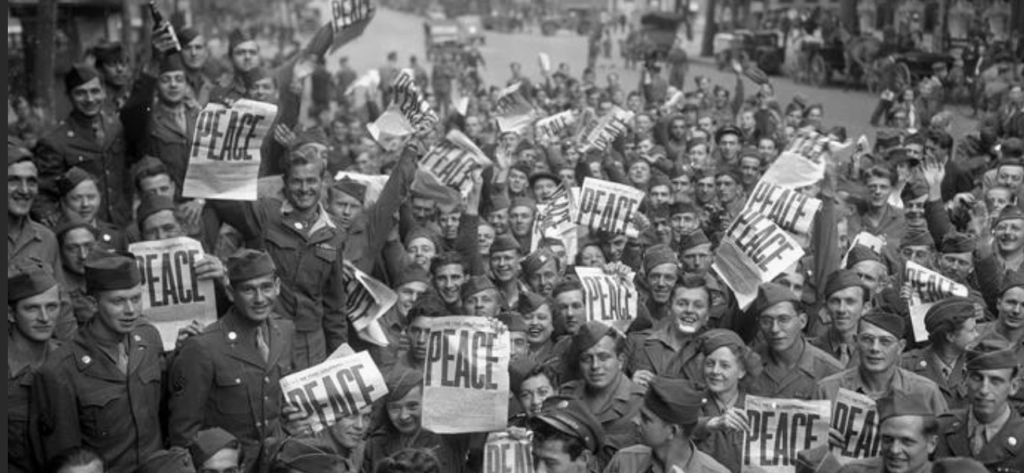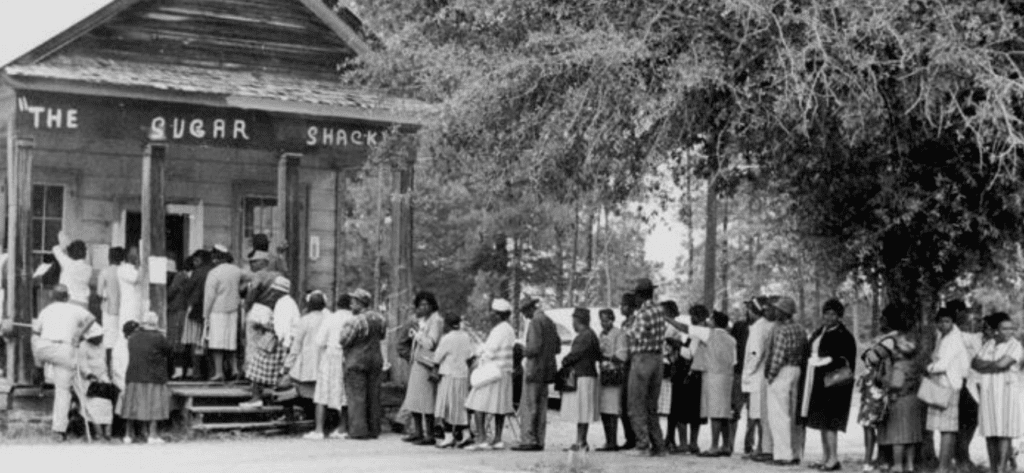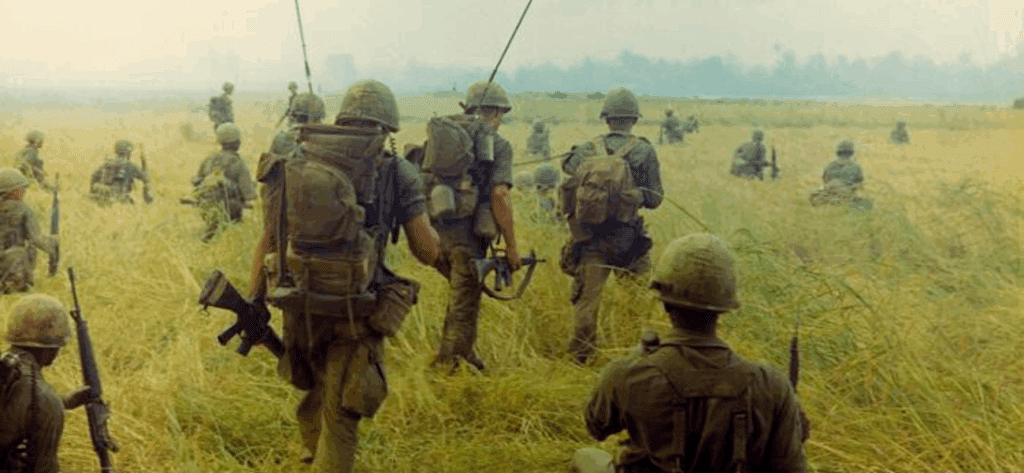Following decades of work to promote and feature the contributions of African Americans, the Act to establish the Smithsonian’s National Museum of African American History and Culture (NMAAHC) was authorized by Congress in 2003. The museum, which will house 36,000 artifacts, officially opens on the National Mall on September 24, 2016. NMAAHC is the 19th and newest Smithsonian Institution museum, and is the only national museum dedicated entirely to the documentation of African American life, history, and culture.
The idea for a memorial first came in 1915 when African American veterans of the Union Army gathered to celebrate the 50th anniversary of the end of the Civil War. After facing discrimination and segregation, the veterans formed a committee to build a memorial to honor African Americans’ service to the country. Their efforts eventually led to 1929 legislation approving the construction of a memorial building, but the stock market crash and subsequent Great Depression prevented the necessary funds from being raised.
In celebration of the opening of the NMAAHC, a 1927 pamphlet showing an early design for an African American memorial museum and the act that was passed in 2003 were on display in the “Featured Documents” exhibit in the East Rotunda Gallery of the National Archives in Washington, DC, from September 1 through November 9, 2016.







